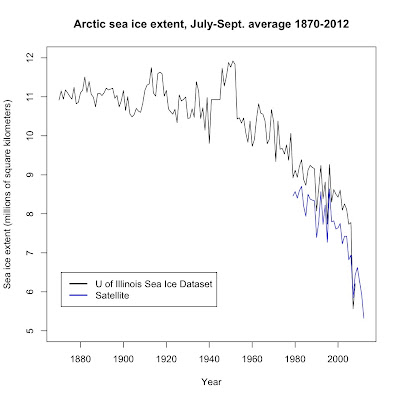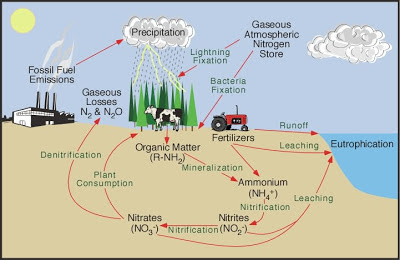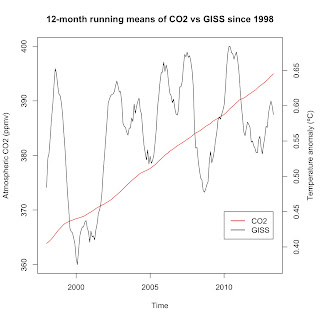No, global warming is not caused by urban heat island effects

One of the most common objections to global warming is the claim that the warming trend is due to the urban heat island effect (UHI). The urban heat island effect occurs because cities have more buildings, roads, and other paved surfaces than rural areas, absorb more sunlight and re-radiate it as infrared than trees, meadows, and fields. Because of the extra infrared, cities are usually hotter than surrounding rural areas. This effect is visible—just pull up a map of weather station temperatures around any medium to large city in the afternoon. The city will be around 2 to 9ºC warmer than surrounding areas, depending on size. This effect was first noticed by Luke Howard in the 1810s. Recent research has shown that the urban heat island effect is due to a lack of vegetation, as transpiration is the key process that keeps the heat under control ( Zhang et al. 2012 ). Some desert cities can actually be cooler than their surrounding areas due to ir...







